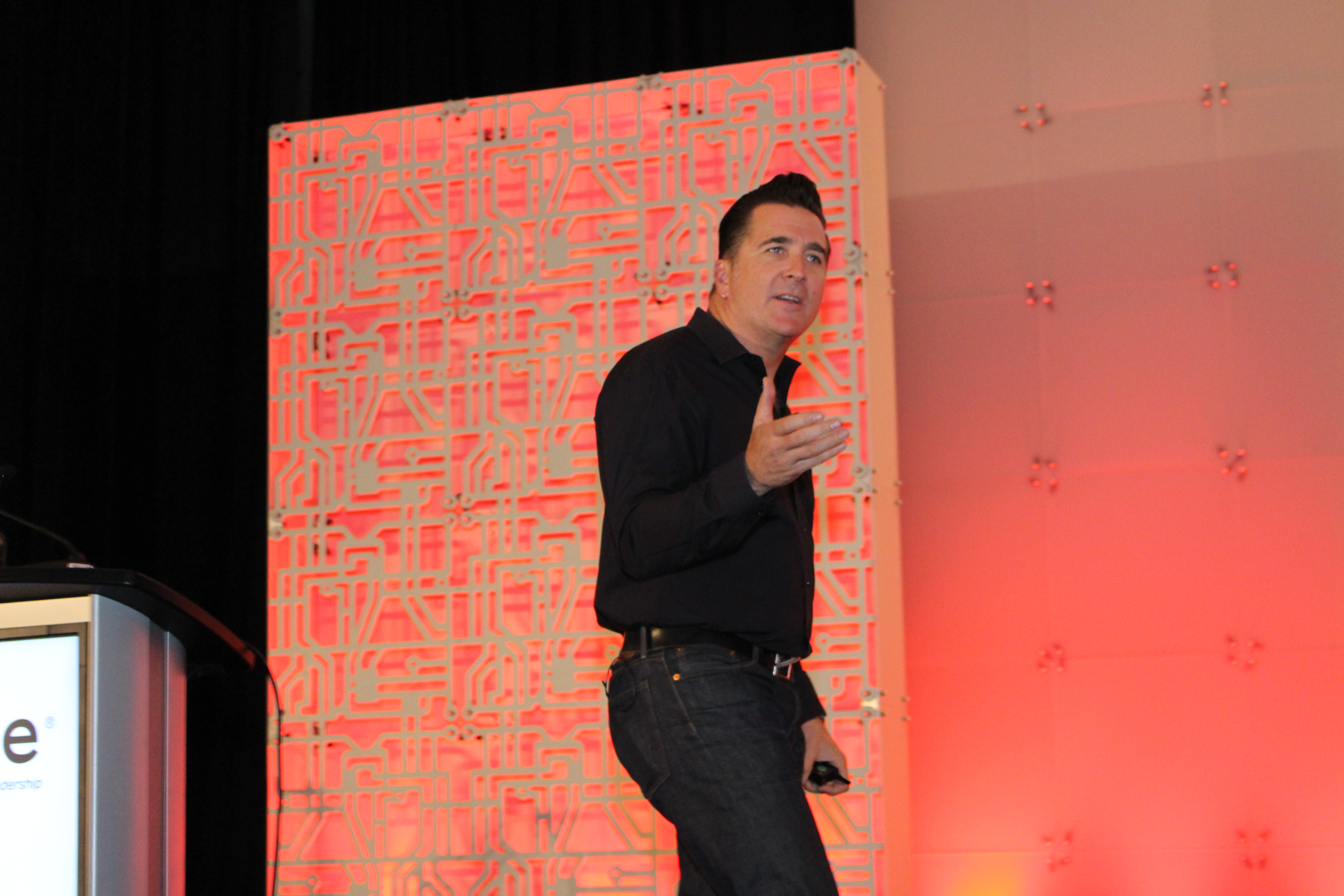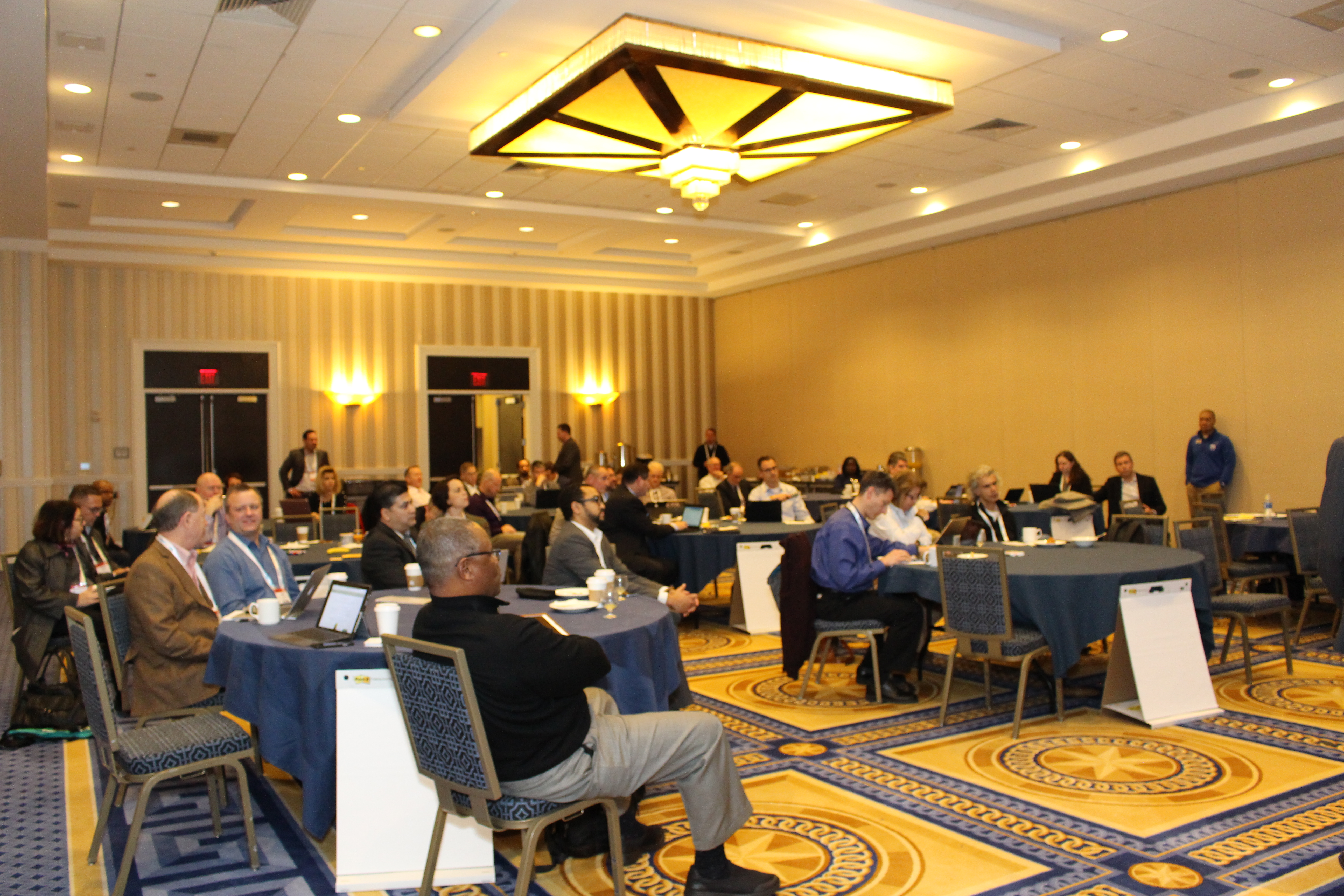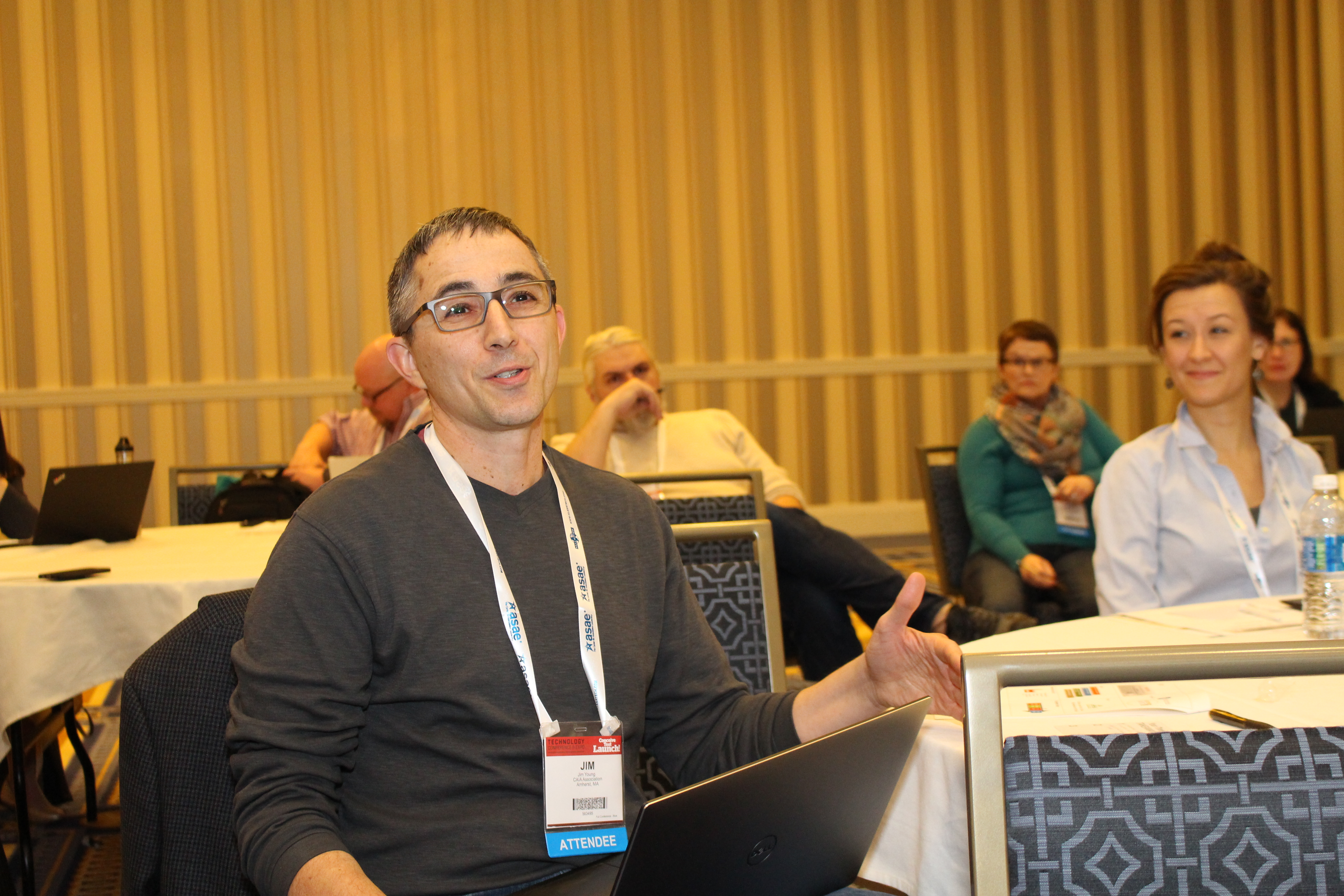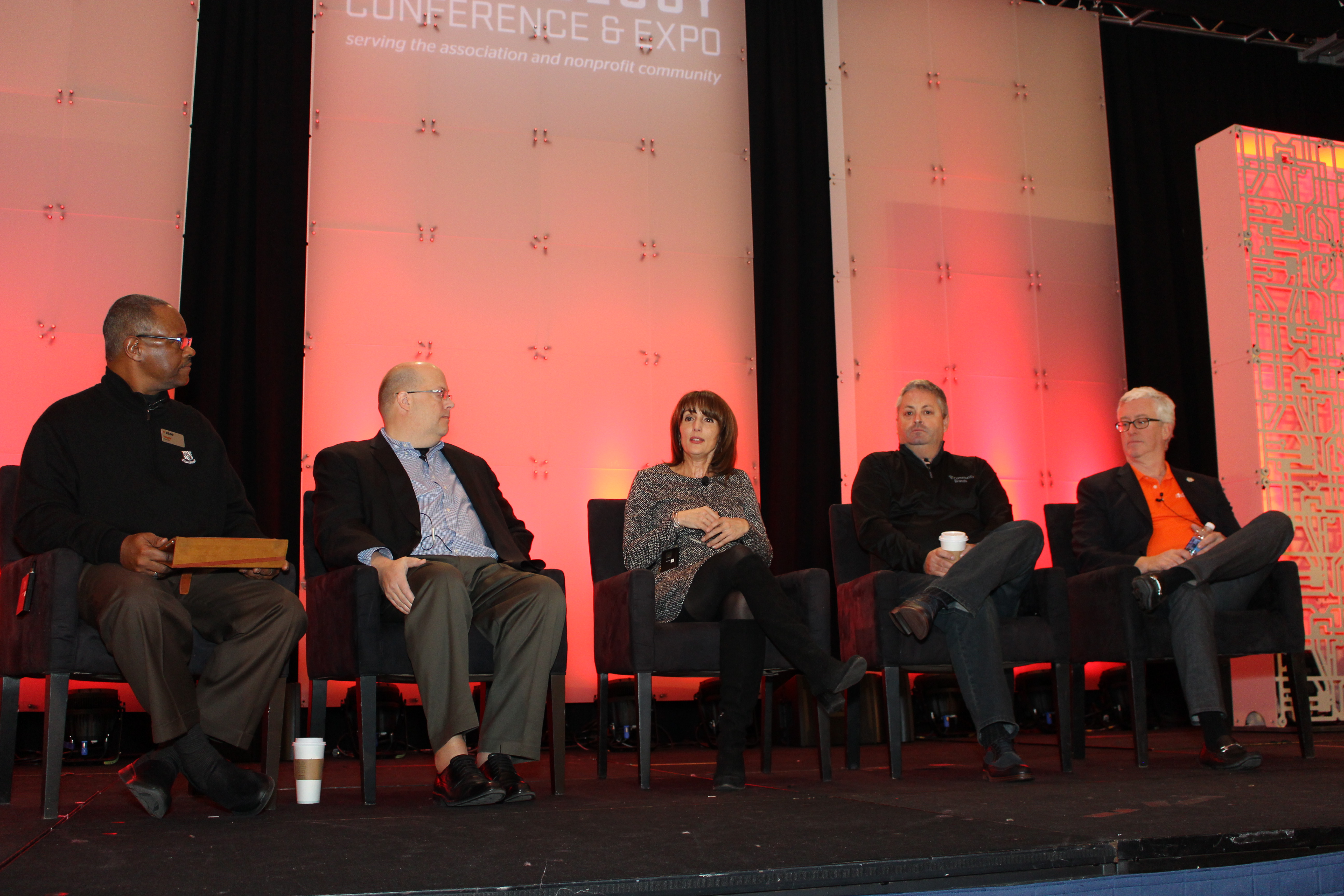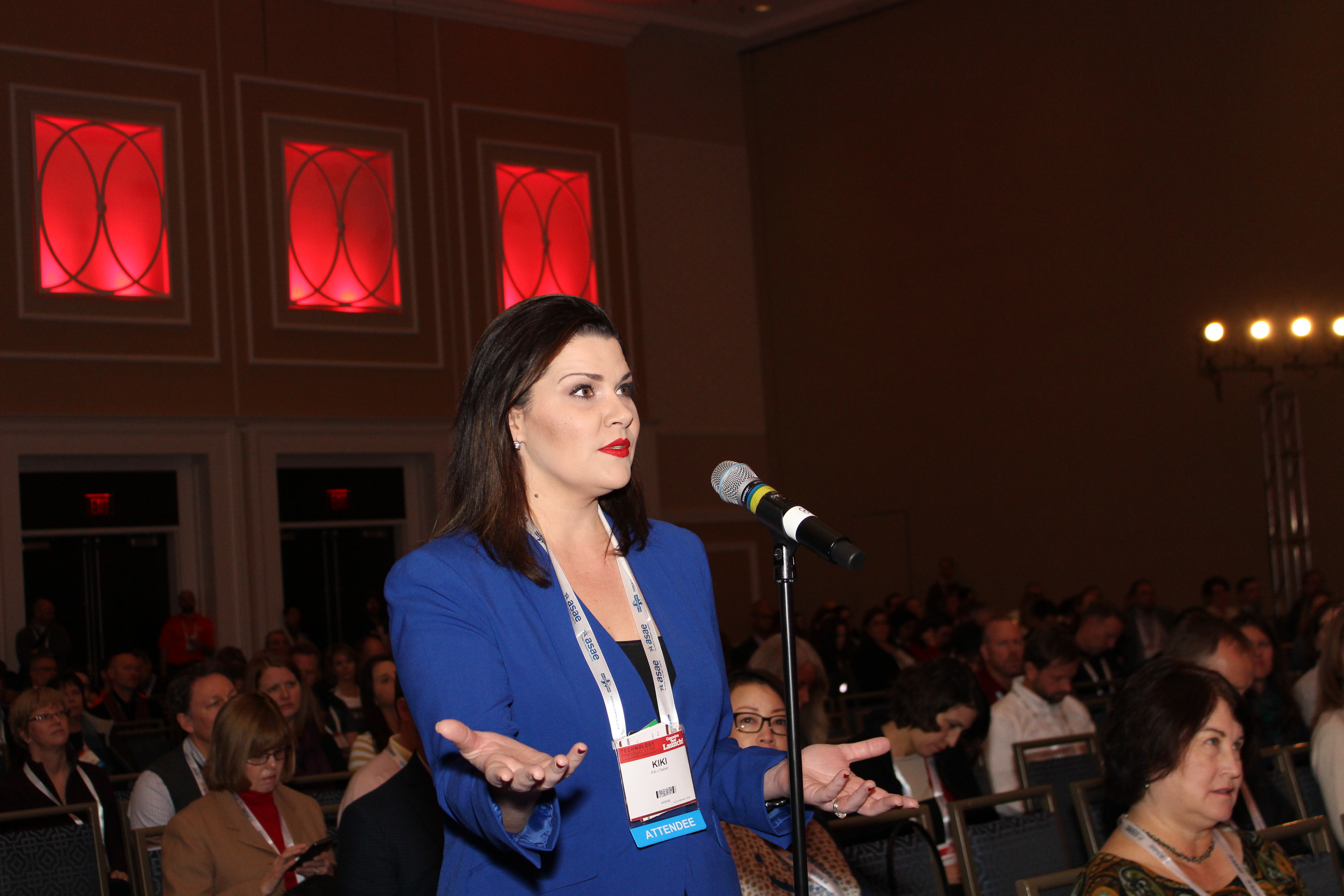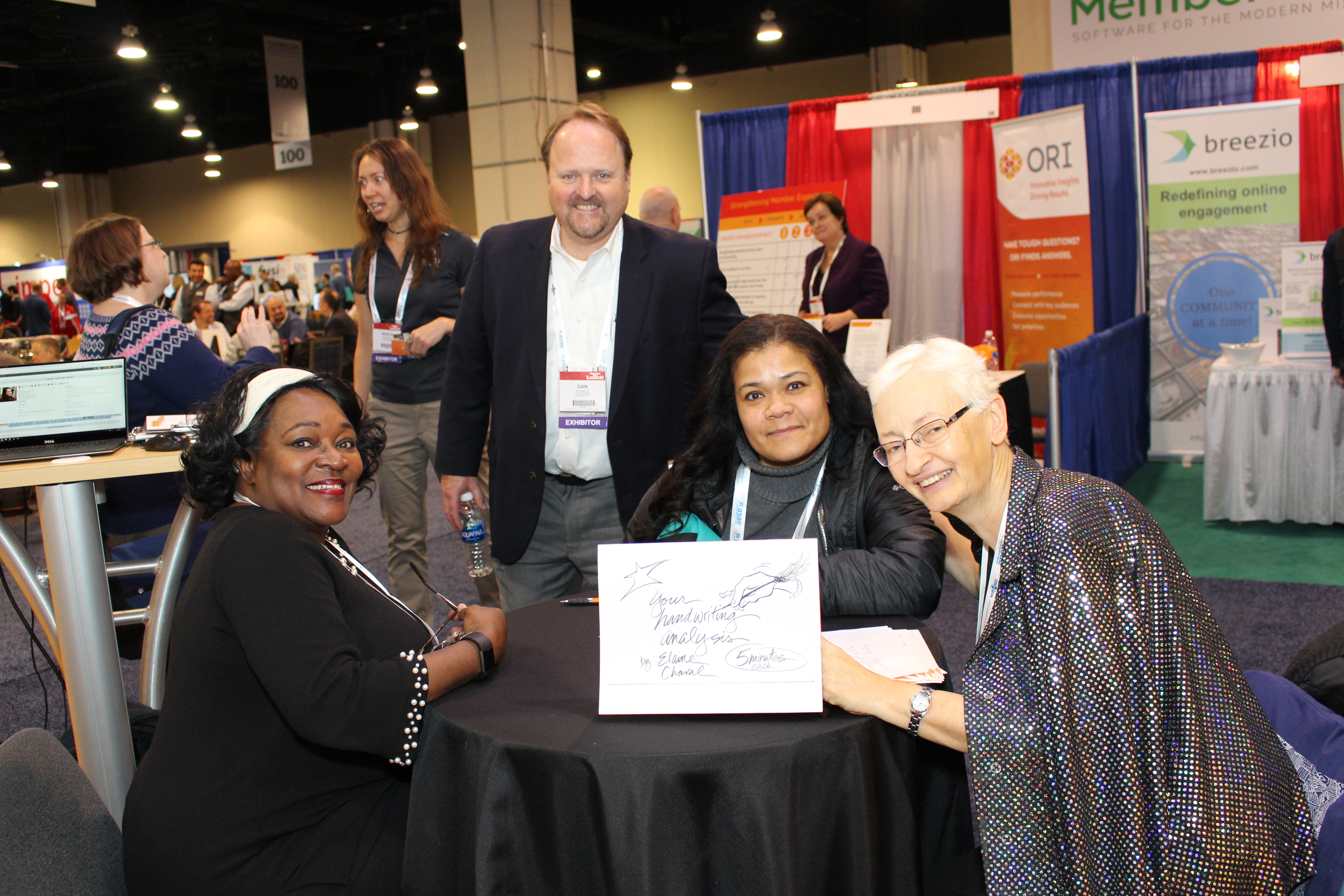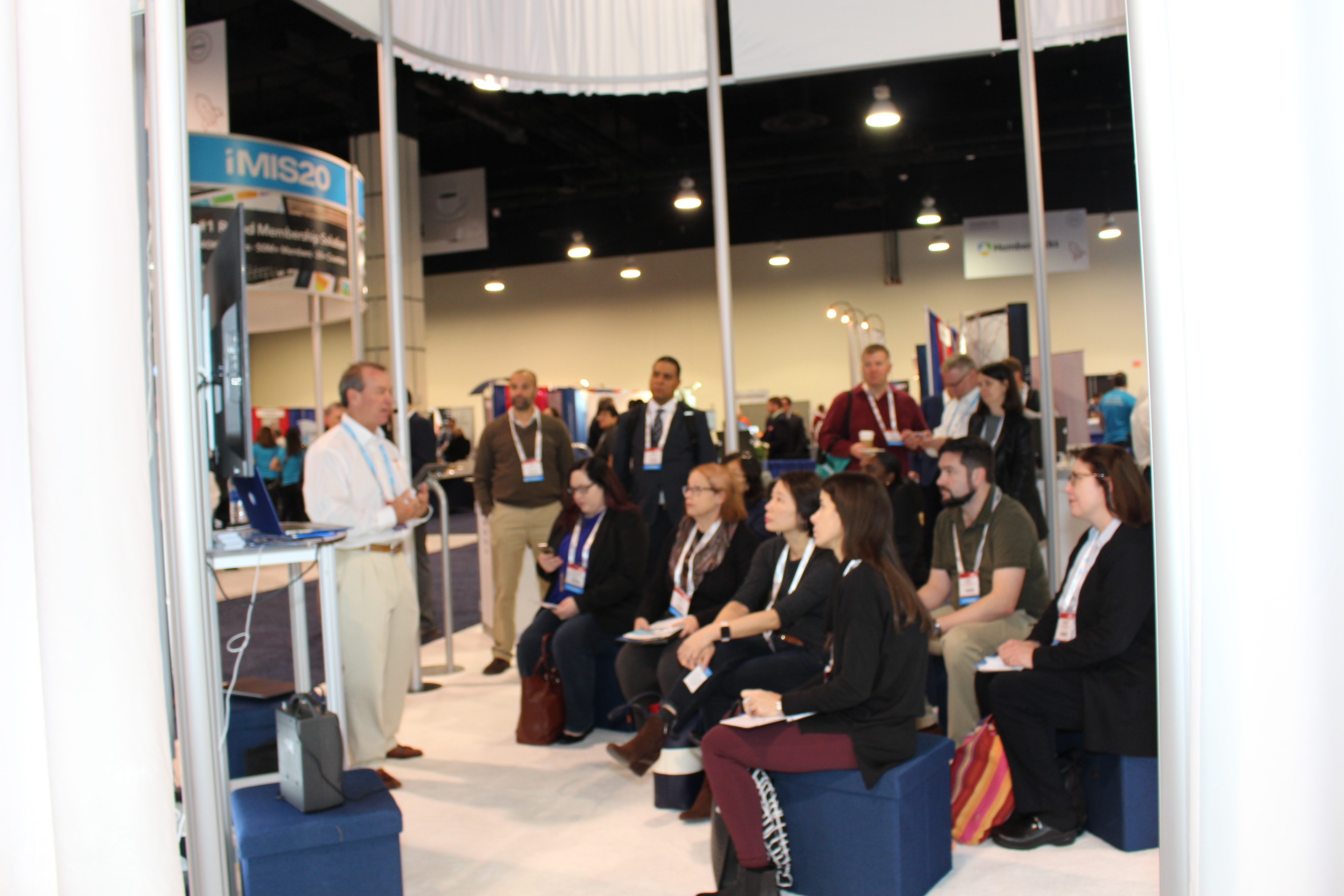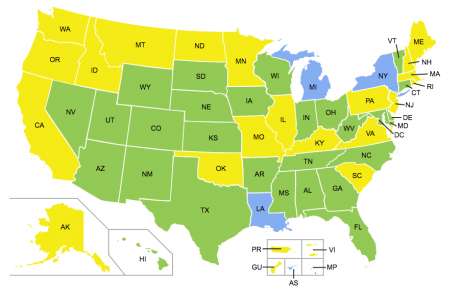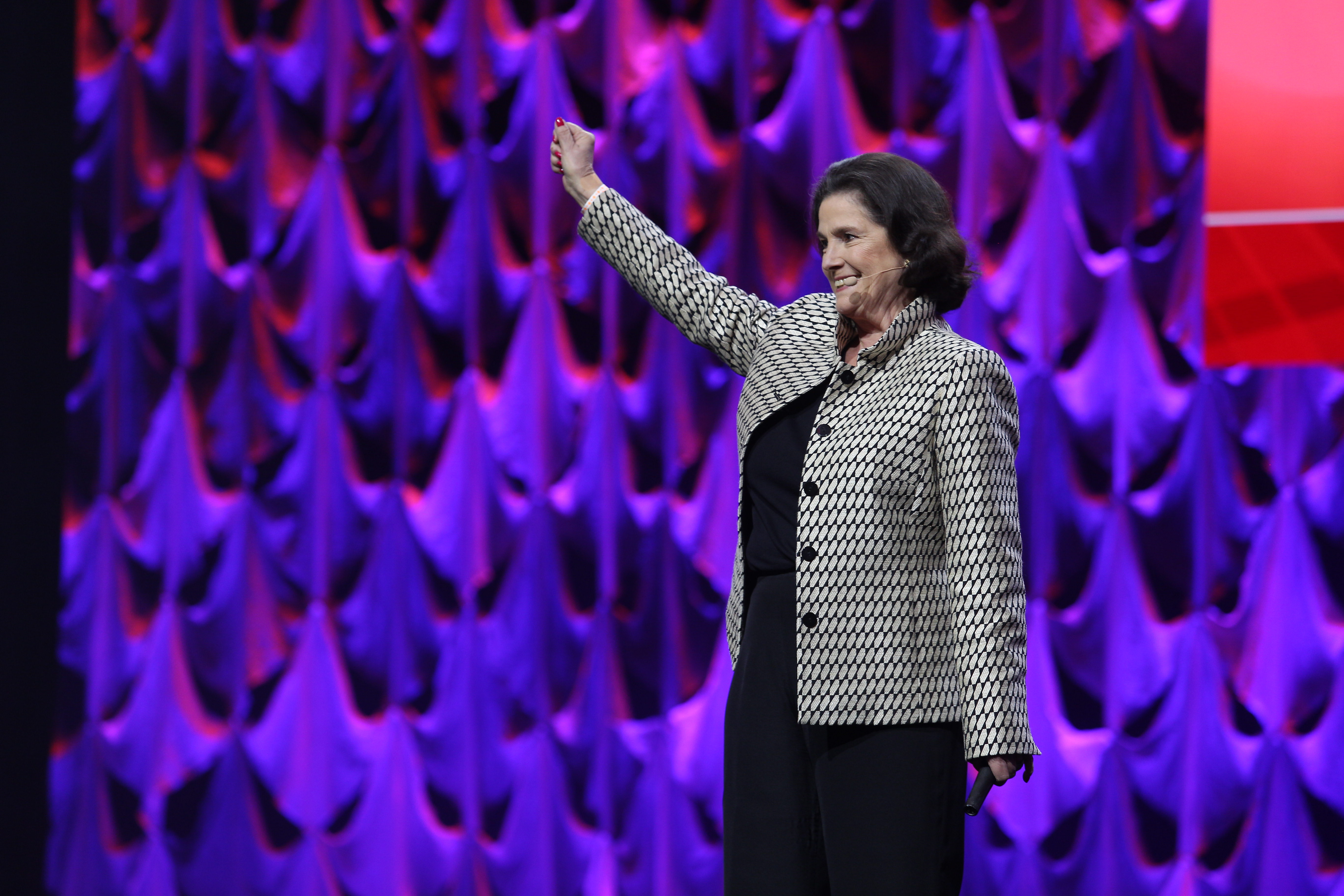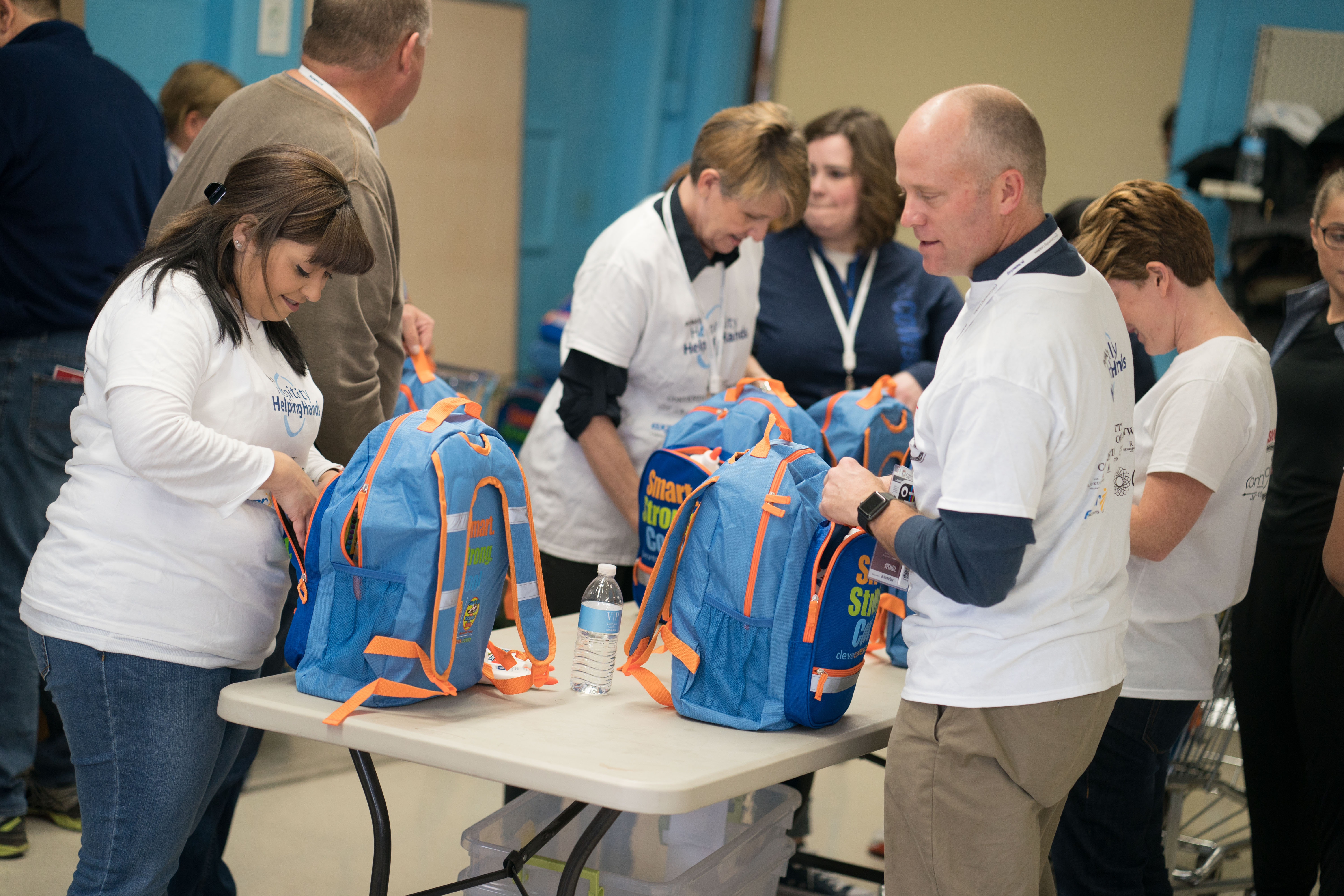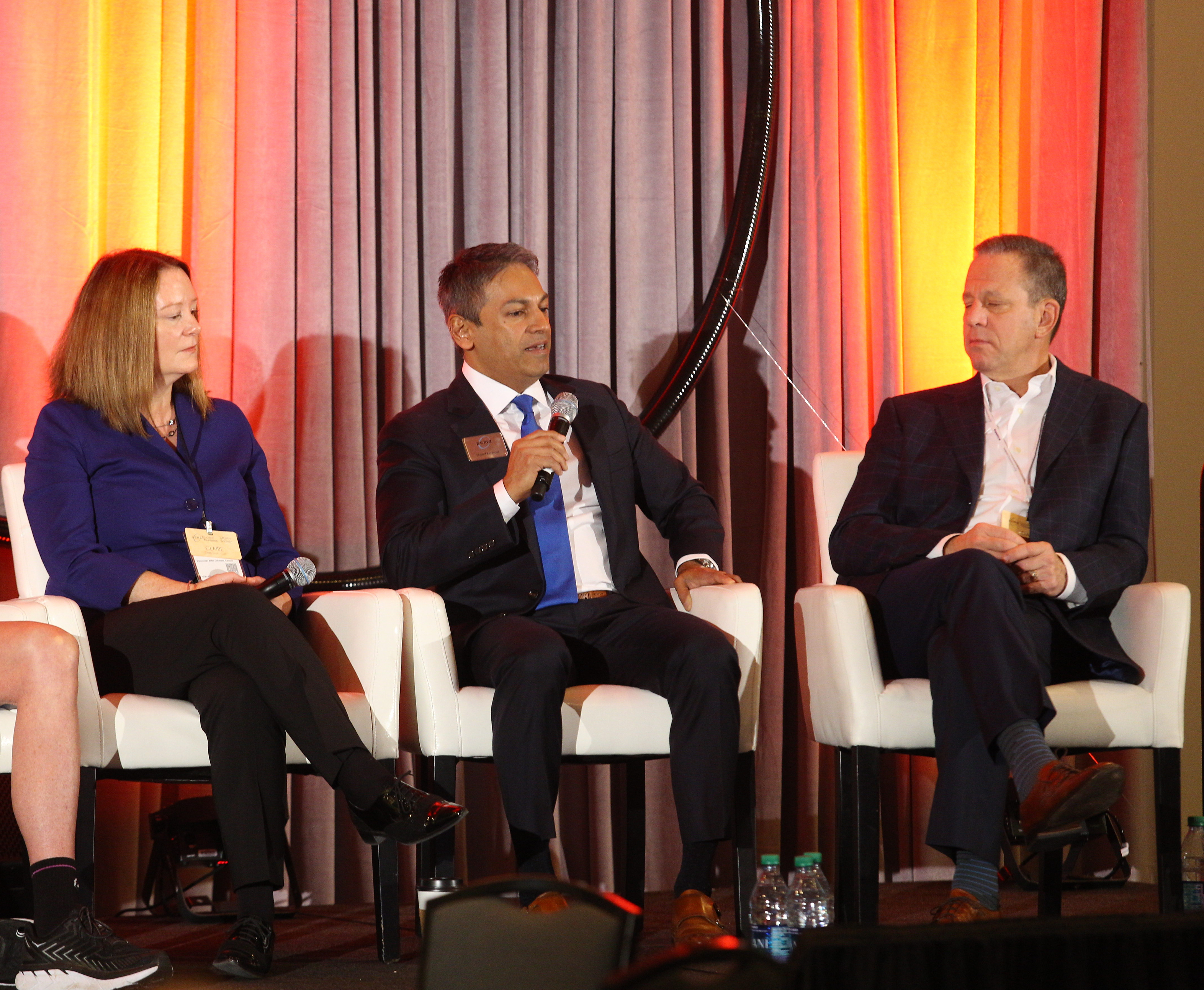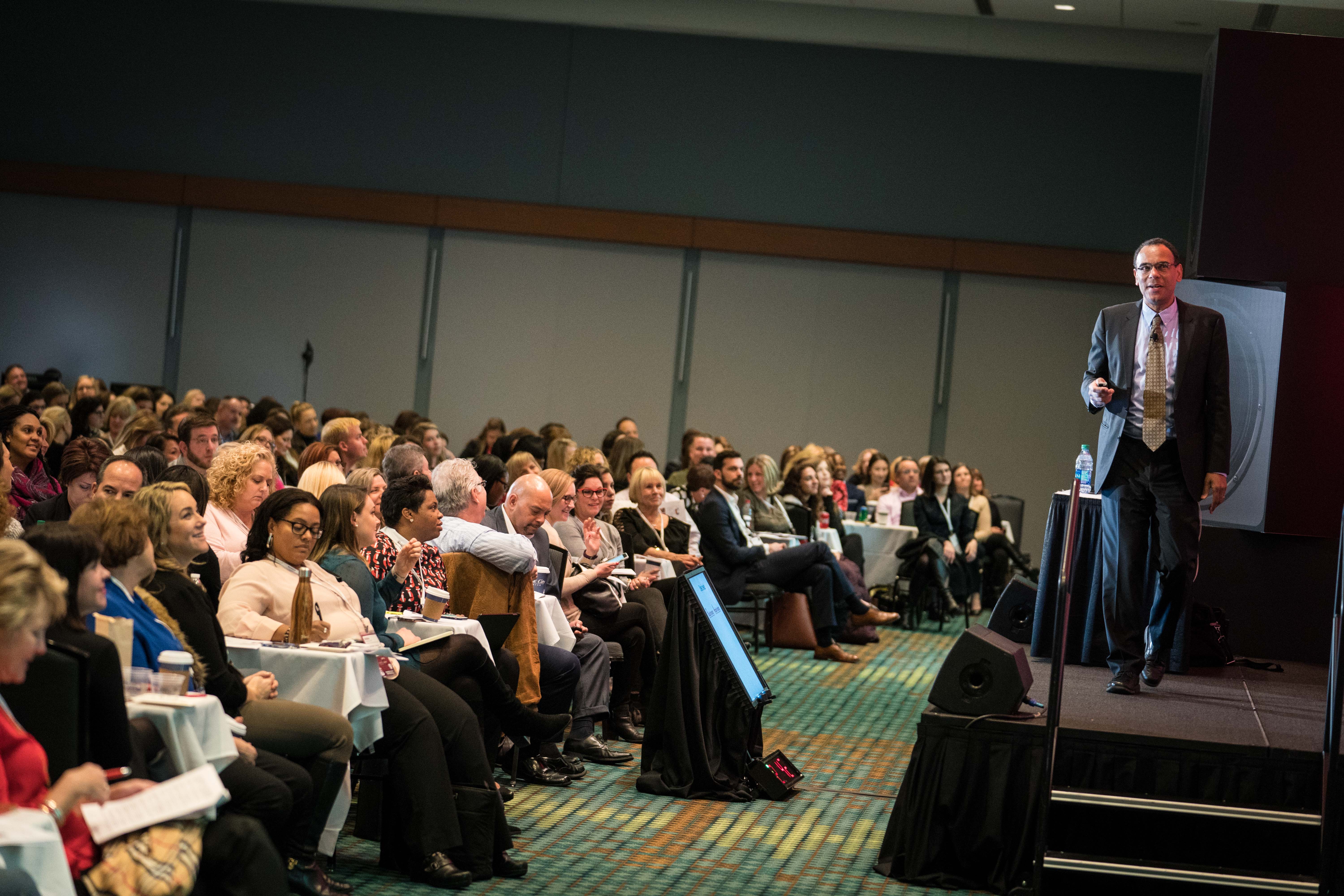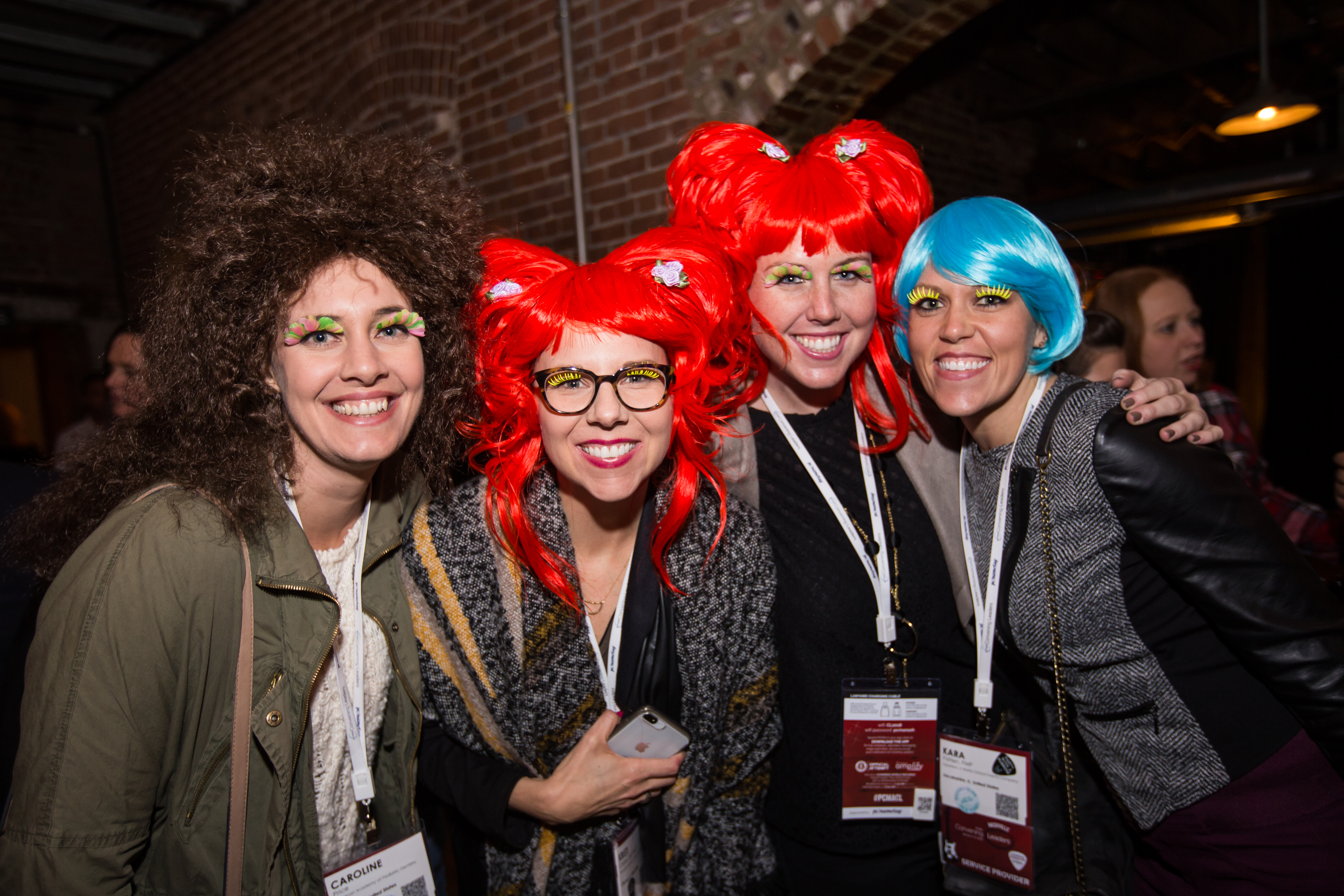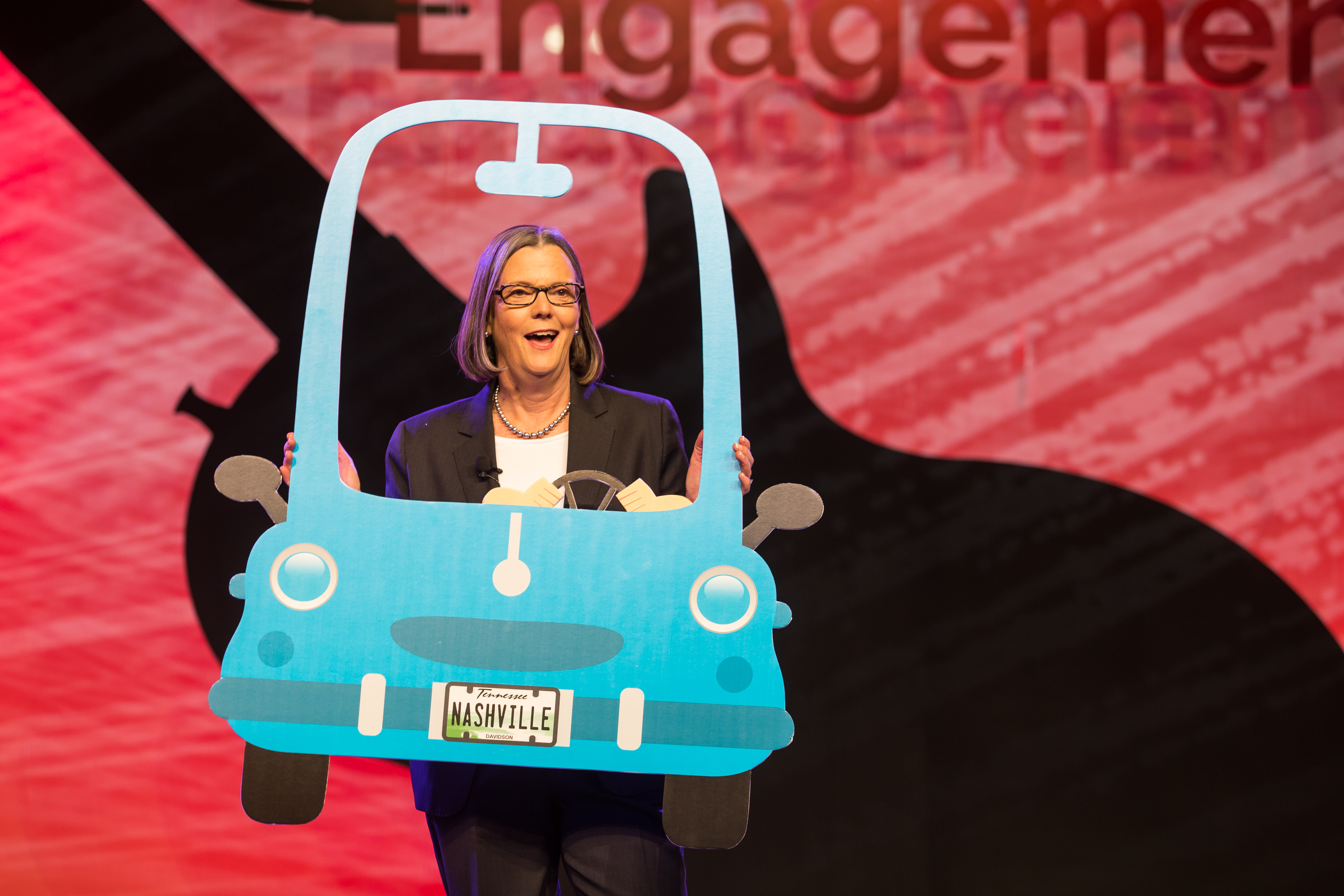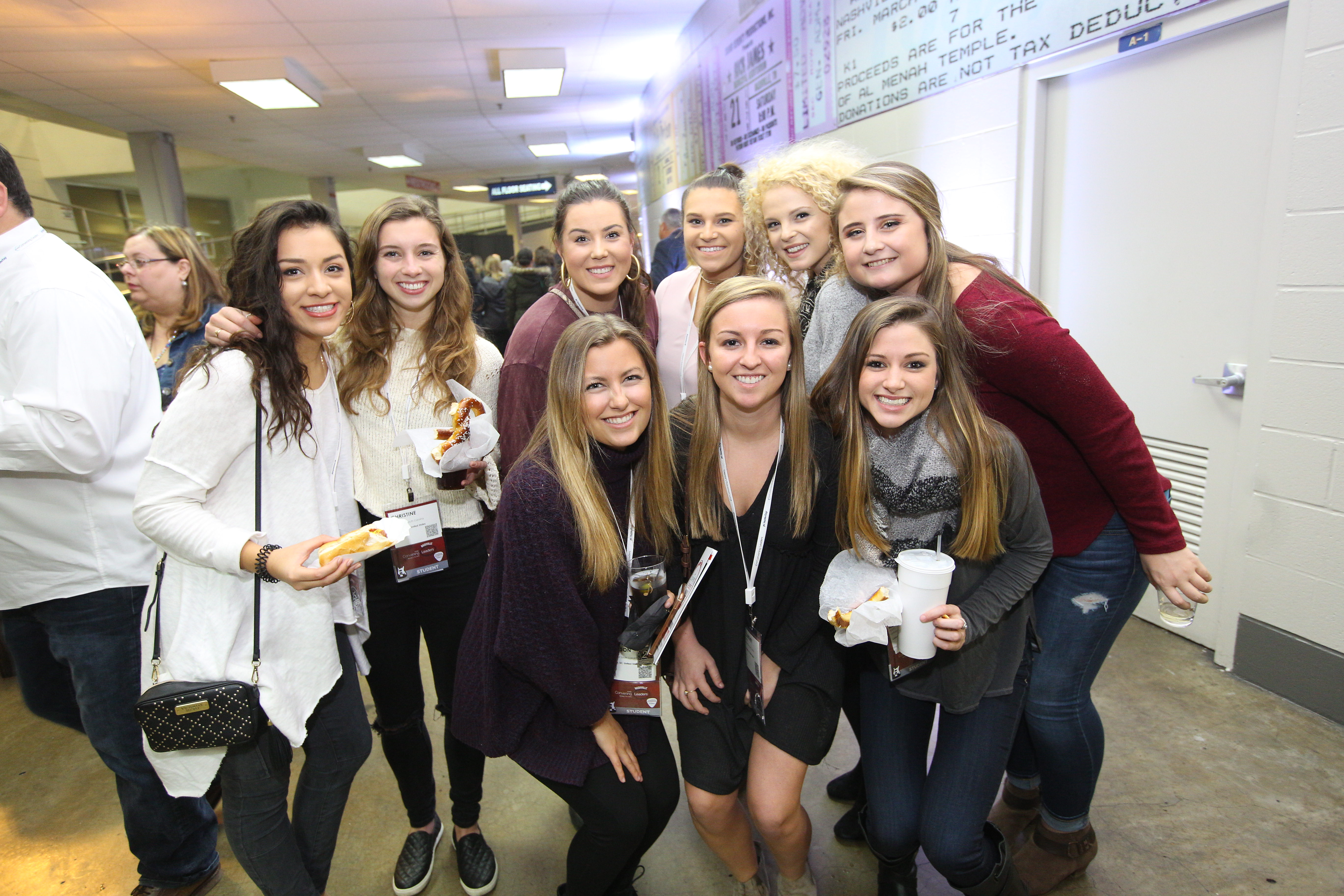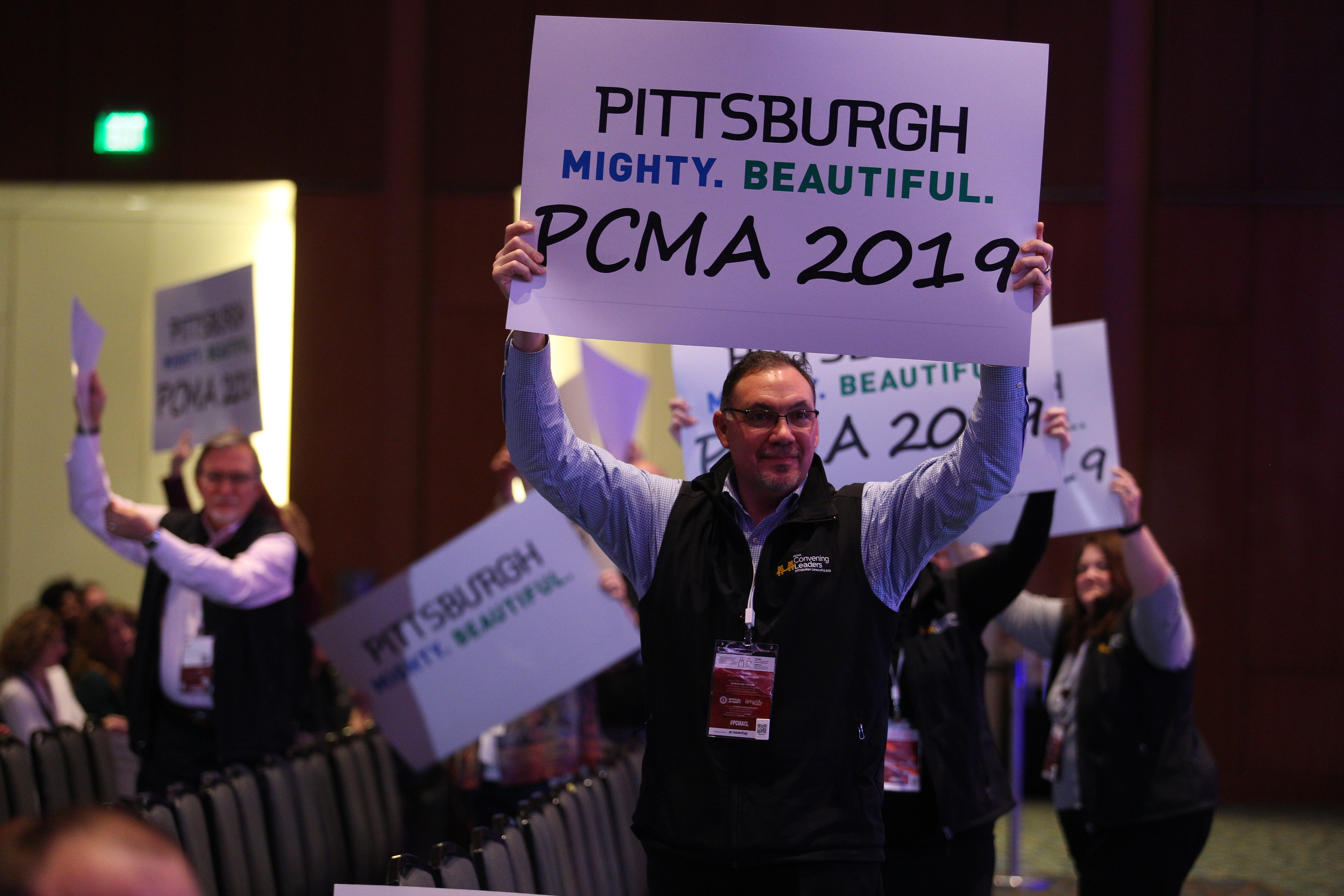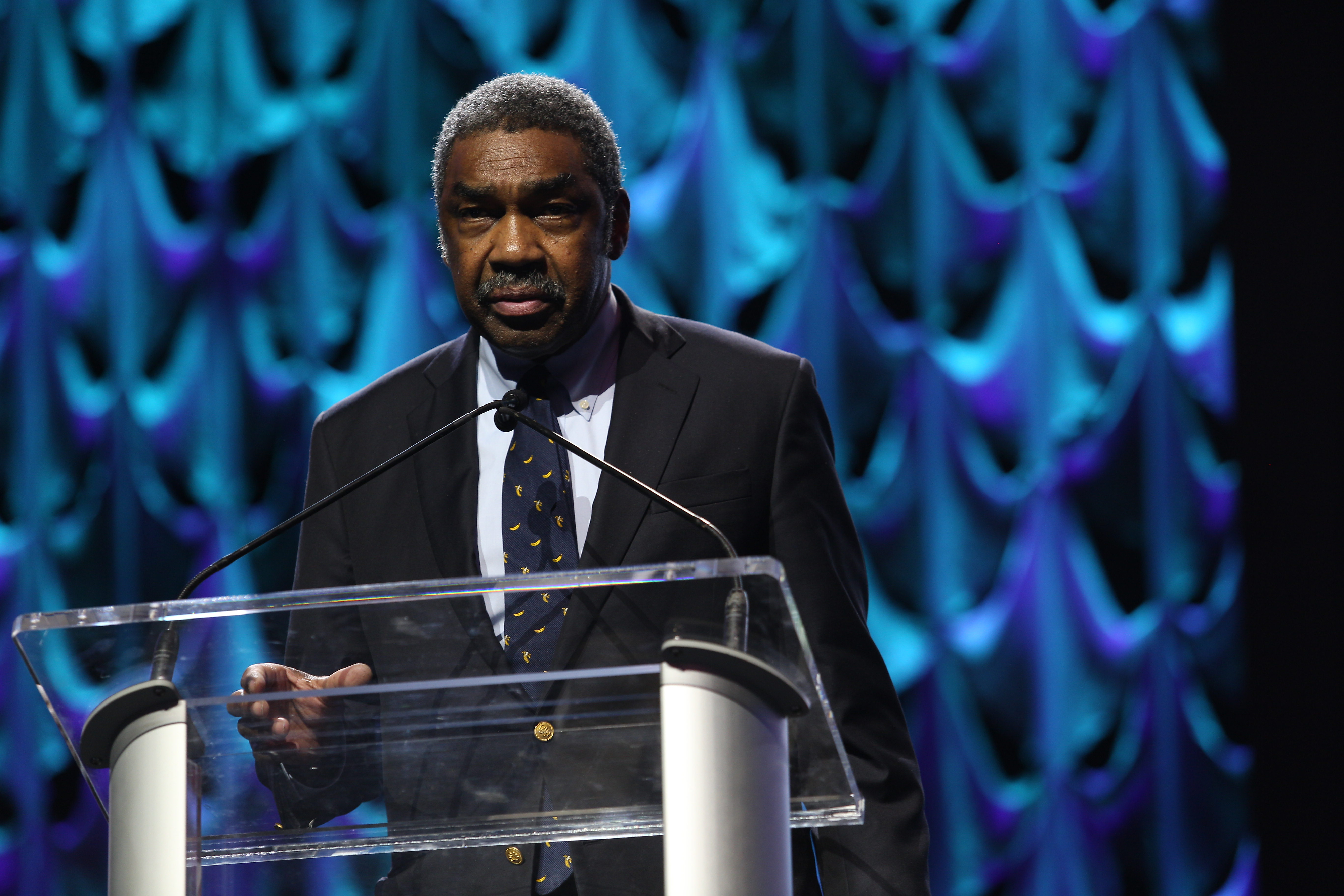An innovation expert suggests we are all responsible for nurturing (and stifling) innovation.
David Owens, PhD, began his presentation at Professional Convention Management Association Convening Leaders in Nashville with a photo of a bumper sticker saying, “Creative People Must Be Stopped!” The message summed up his session, “Everybody Wants Innovation (but No One Wants to Change).”
Owens, a professor of the practice of management and innovation at Vanderbilt University, asked the audience to name five proven ways to increase innovation in an organization and, after a slow start, they came up with a few ideas, including brainstorming sessions, time outs to think about challenges, and moving workers around between departments so that fresh eyes could look at old processes. Then Owens asked for 50 ways to stop innovation, and the floodgates opened. Owens was given more ideas than he could keep up with, from citing budget constraints to committees to appoint committees to select committees to consider ideas. It was a stark illustration that we are all well-versed in ways to stifle innovation but have to struggle to think of ways to encourage it.
Owens asked, “What if we just stopped stopping innovation?”
3 Ways to Support Innovation
The best way to support innovation, according to Owens, is to support innovative ideas, good and bad, and then identify the good ones and act on them, based on data, not fear.
He suggested that there are three steps involved in the creation of innovative ideas, and organizational structure, market forces, and risk-averse policies can stifle each step.
1. Perception. In order to have an idea about innovating a process or strategy, employees need to see the big picture. Without data, it is hard to see solutions to problems, and organizing employees into silos can make it hard for them to even recognize inefficiencies, let alone consider solutions.
2. Intellection. Employees need to be able to think about what they are doing rather than constantly playing catchup with tasks.
3. Expression. People are often afraid to articulate an idea because they are afraid of being wrong, or of being seen as criticizing the company or colleagues. Sharing ideas is an act of courage and employees have to trust in the organization in order to ask dumb questions, make suggestions, and share insights.
In order to support this three-step process, an organization must create a space that encourages employees to recognize areas of improvement, question the status quo, and feel safe enough to share their ideas.
Identifying Good Ideas
Once an innovation has been suggested, Owen said the only way to determine if it is a good or a bad idea is to take it out into the world and get input. He said, “For an idea to work, your organization must be able to execute on it. Do you have the capability to try it? Is there a favorable market for the idea? Does it fit with other people’s idea of a good thing? If you can satisfy all these requirements, you have innovation.”
But if the response is negative, consider the reasons before dismissing it. Responses such as, “We’d have to do X first and that is not our department…” or “We have thought about doing this before but nothing happened…” suggest the problem lies with your organizational structure, not the idea.
Owens cautioned that managers often stifle innovation because it is not always easy to identify. He gave two examples of ideas that took off.
The first involves the Vitruvian Man sketch by Leonardo da Vinci. The sketch illustrates an idea from the architect Vitruvius about the ideal mathematical proportions of the human body. On examination, Owens said that the proportions are not close to average human proportions and in practice they are no indication of ideal beauty—it is a terrible idea that lingered for centuries. He said, “600 years ago a guy had an idea, and Da Vinci drew a picture of it that was so compelling people believed it.” Owens gave a second example: “What if someone said to you, ‘How about letting a series of total strangers live in your house with all your things for a few days at a time?’ Would you recognize that for a good idea? Because Airbnb is a multimillion-dollar company now.”
Owens finished his presentation by cautioning that group culture is predisposed to say no to innovation because groups tend to like cohesion and rocking the boat causes disagreements. Managers need to encourage group members to speak out in order to create a culture of innovation.
He said, “Studies show that people who criticize ideas are perceived as having a higher IQ than people who don’t have any input, so in many cases people with ideas don’t articulate them because they are afraid of being seen as dumb. Your team members may criticize an idea to show they understand it, not necessarily because they oppose it.”
Lastly, Owens reminded the audience that no plan survives first contact with the enemy, so don’t give up on an idea at the first hurdle. Innovation often starts small and builds upon incremental successes.
![]()






